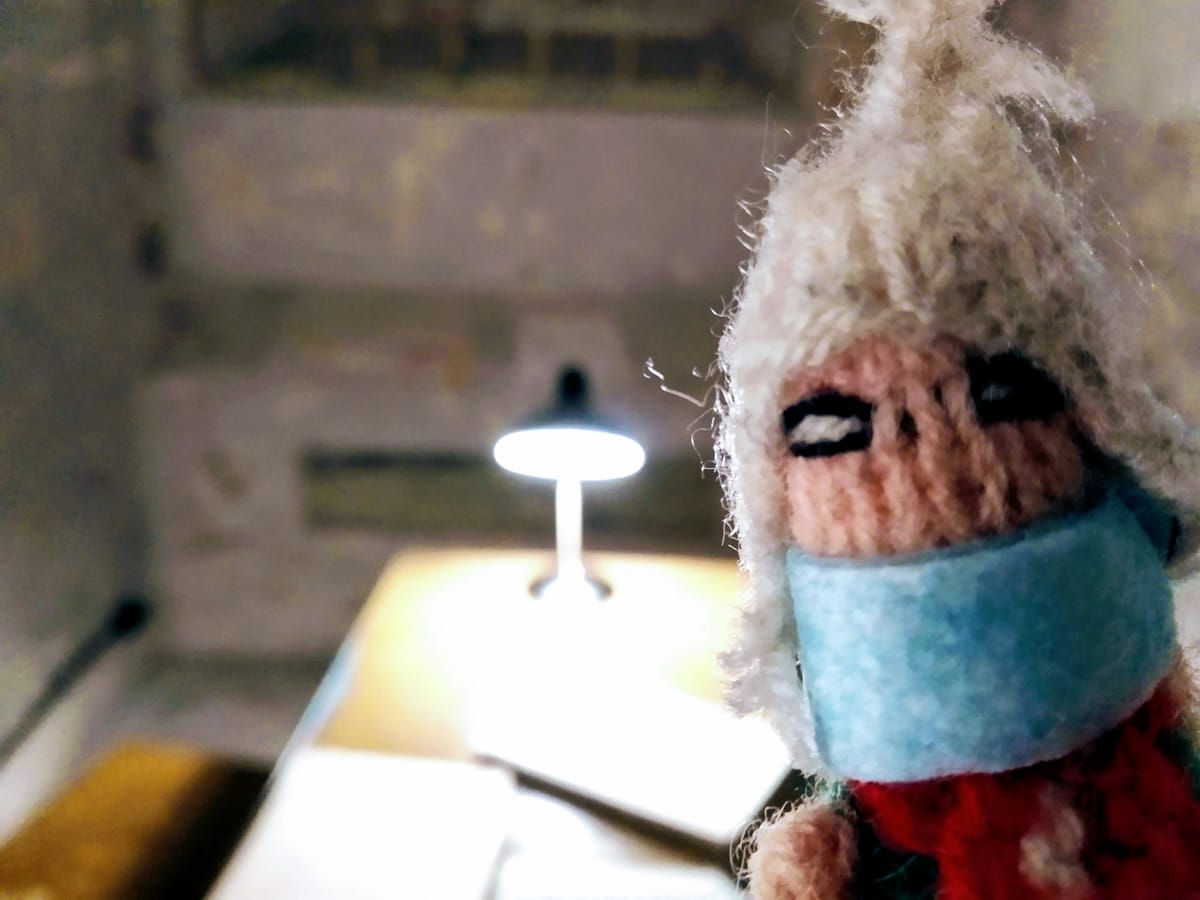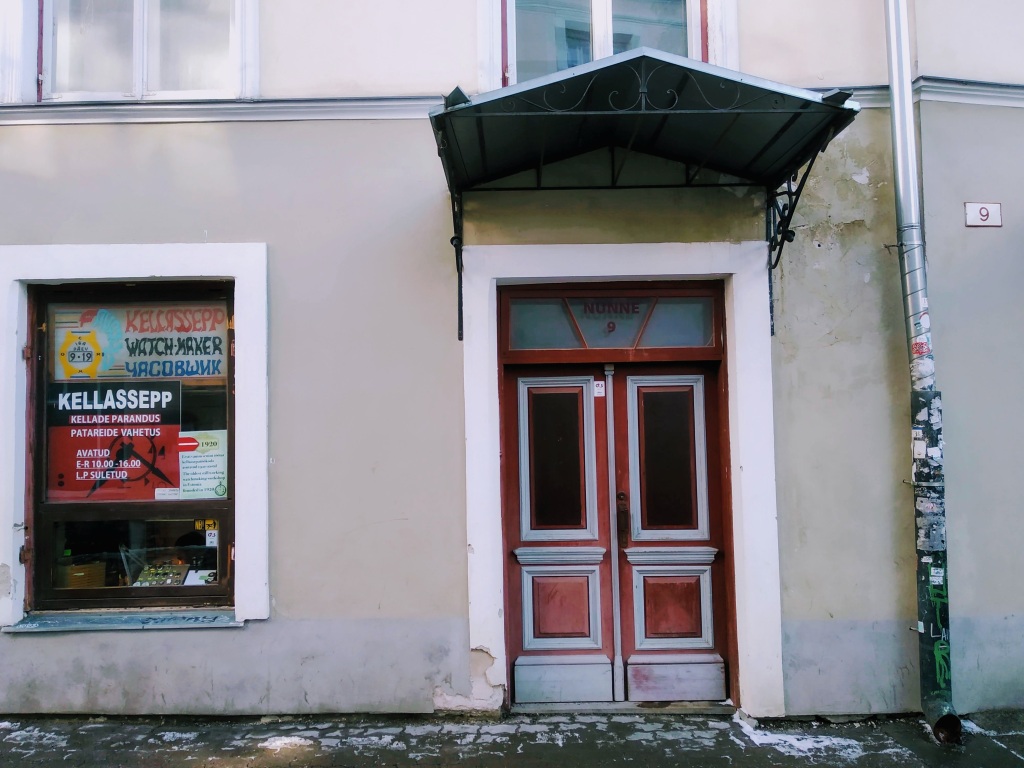Ten days in Estonia: Day nine
No hõõgvein today.

Despite last night's wine consumption, I was actually in fine fettle when I woke up early this morning.
It had originally been planned that I'd meet up with an acquaintance in the morning and that we'd go and do exciting things, but emergency dentistry put paid to that so I was left to my own devices.
At first, I thought it would be a good idea to use my experiences of yesterday and heed Host's advice, therefore having a valid reason to slob on the sofa for most of the day until the horrors of work caught up with me in the afternoon. This worked well until about midday when the sun came out and I reluctantly decided to pull myself together and do some more tourism.

My first point of call was a small watchmaker's window on Nunne which has been pointed out to me a couple of times and which I've lingered outside almost as many. A nice man called Tomas was working away fixing a watch and stopped for a convivial exchange about soviet watches made in France – as if completely by coincidence I happened to be wearing one, fancy that – which ended with my purchasing myself a Soviet-era digital watch. As you do.
The whole point of venturing out, however, was to visit the KGB Prison Cells.
Originally built as a residential property, the building at Pagari 1 housed the provisional government of the newly-declared Republic of Estonia from 1918 and was until 1940 the War Ministry. When Estonia was occupied, it became the headquarters of the ESSR’s People’s Commissariat of Internal Affairs, or the NKVD, later known as the KGB.

The building is now residential again, but six cells and a solitary confinent "punishment cell" remain in the cellar, with the photographs and recollections of some of the people who were held there displayed.
Although with only six cells and one corridor the place itself is actually rather small and quickly visited, Host recommended I set aside a good hour for reading, an activity for which I was not entirely prepared; some of the texts on display make for chilling reading, particularly a handy guide from 1977 entitled "How to behave in interrogation: Guidelines for dissidents."
The most depressing text to read was that of Daniel from Sweden, who on the 3rd March wrote in the visitors' book that the pandemic and recent events in Canada are just some of many examples of "government abuse and removal of liberties." I fear he might've lost perspective, somewhat, but am reassured that in getting to the visitors' book he at least had to show a vaccine pass.

As Host and I walked for pancakes in the evening, a commemoration was being held in the Vanalinna Uisupark for those who were killed in the Soviet bombings (märtsipommitamine) that took place on March 9th and 10th, 1944. It sounds as if I'm super-knowledgeable but in fact I asked a policeman what was going on.
The false flag operation, in which the Soviets tried to pin the blame on the Germans, resulted in approximately 10% of the buildings in the Old Town being destroyed. The ice-rink is on the site of one of those buildings.
